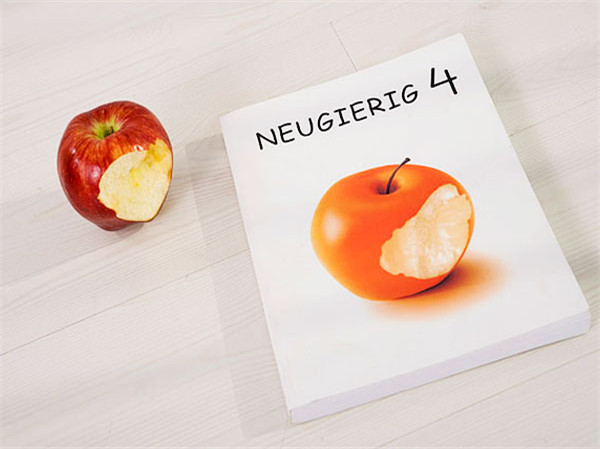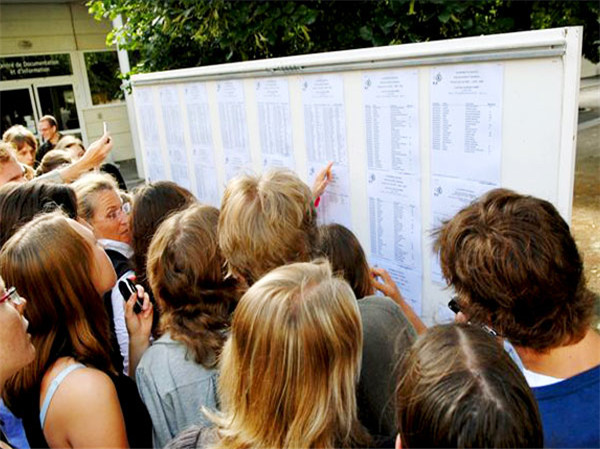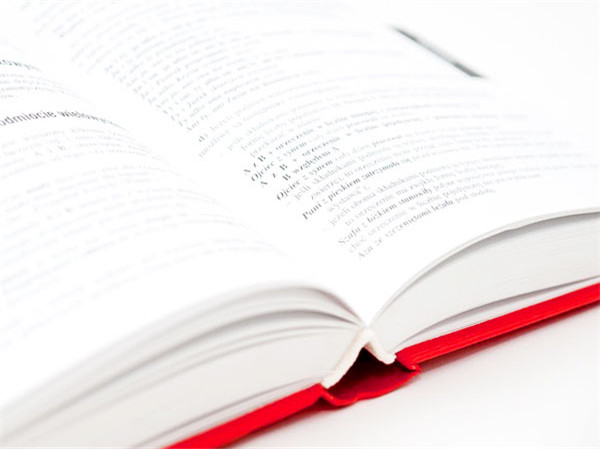现在大家在进行托福备考时官方真题Official托福模考软件相信是大家用的最多的工具了,对于托福成绩的提升是非常有帮助的。托福听力可以说是整个托福考试当中比较重要的一个部分,如何利用现有资料官方真题Official模考软件来提升大家的托福成绩呢?今天小编在这里整理了官方真题Official5托福听力Lecture4文本+题目+答案解析来分享给大家,希望对大家托福听力备考有帮助。

官方真题Official5托福听力Lecture4原文文本
Narrator: Listen to part of a lecture in a literature class.
Professor: Now we can't really talk about fairy tales without first talking about folktales because there's a strong connection between these two genres, these two types of stories. In fact, many fairy tales started out as folktales. So, what's a folktale?How would you characterize them? Jeff?
Jeff: Well, they are old stories, traditional stories. They were passed down orally within cultures from generation to generation, so they changed a lot over time. I mean, every storyteller, or, maybe every town, might have had a slightly different version of the same folktale.
Professor: That's right. There's local difference. And that's why we say folktales are communal. By communal, we mean they reflect the traits and the concerns of a particular community at a particulartime. So essentially the same tale could be told in different communities, with certain aspects of the tale adapted to fit the specific community. Um, not the plot, the details of what happens in the story would remain constant. That was the thread that held the tale together. But all the other elements, like the location or characters, might be modified for each audience.
Okay. So what about fairy tales? They also are found in most cultures, but how are they different from folktales? I guess the first question is: what is a fairy tale? And don’t anyone say “a story with a fairy in it” because we all know that very few fairy tales actually have those tiny magical creatures in them. But, what else can we say about them? Mary.
Mary: Well, they seem to be less realistic than folktales…like they have something improbablehappening - a frog turning into a prince, say. Oh, that's another common element, royalty - a prince or princess. And fairy tales all seem to take place in a location that's nowhere and everywhere at the same time.
Professor: What's the line-up? How do all those stories start? Once upon a time, in a faraway land... oh, in the case of folktales, each storyteller would specify a particular location and time, though the time and location would differ for different storytellers. With fairy tales, however, the location is generally unspecified, no matter who the storyteller is. That land far away... We'll come back to this point in a few minutes.
Student: Um... I, I thought that a fairy tale was just a written version of an oral folktale.
Professor: Well, not exactly, though that is how many fairy tales developed. For example, in the late 18th century, the Grimm Brothers traveled throughout what's now Germany, recording local folktales. These were eventually published as fairy tales, but not before undergoing a process of evolution. Now, a number of things happen when an oral tale gets written down.
First, the language changes. It becomes more formal, more standard - some might say, "Less colorful". It's like the difference in your language depending on whether you are talking to someone, or writing them a letter.
Second, when an orally transmitted story is written down, an authoritative version with a recognized author is created. The communal aspect gets lost. The tale no longer belongs to the community. It belongs to the world, so to speak. Because of this, elements like place and time can no longer be tailored to suit a particular audience. So they become less identifiable, more generalizable to any audience.
On the other hand, descriptions of characters and settings can be developed more completely. In folktales, characters might be identified by a name, but you wouldn't know anything more about them. But in fairy tales, people no longer have to remember plots. They're written down, right? So more energy can be put into other elements of the story like character and setting.
So you get more details about the characters, about where the action takes place, what people's houses were like, ur, whether they're small cabins or grand palaces. And it's worth investing that energy because the story, now in book form, isn't in danger of being lost. Those details won't be forgotten. If a folktale isn't repeated by each generation, it may be lost for all time. But with a fairy tale, it's always there in a book, waiting to be discovered, again and again.
Another interesting difference involves the change in audience. Who the stories are meant for? Contrary to what many people believe today, folktales were originally intended for adults, not for children. So, why is it that fairy tales seem targeted toward children nowadays?
查看官方真题Official5托福听力Lecture4的题目请进入下一页→→→
相关推荐
-
【官方真题Official托福阅读】官方真题Official3托福阅读词汇真题练习——pales&significance
2015-11-19![【官方真题Official托福阅读】官方真题Official3托福阅读词汇真题练习——pales&significance]()
-
【托福听力备考】官方真题Official听力高频词汇——文学讲座学科词汇汇总
2015-11-06![【托福听力备考】官方真题Official听力高频词汇——文学讲座学科词汇汇总]()
-
托福到底能考多少分?19年必练真题告诉你答案
APP专享![托福到底能考多少分?19年必练真题告诉你答案]()
-
【官方真题Official托福阅读】官方真题Official3托福阅读词汇真题练习——ensuing&initial
2015-11-19![【官方真题Official托福阅读】官方真题Official3托福阅读词汇真题练习——ensuing&initial]()
-
【官方真题Official托福阅读】官方真题Official3托福阅读词汇真题练习——guarantee&ensure
2015-11-19![【官方真题Official托福阅读】官方真题Official3托福阅读词汇真题练习——guarantee&ensure]()
-
【官方真题Official托福阅读】官方真题Official3托福阅读词汇真题练习——arduous&difficult
2015-11-19![【官方真题Official托福阅读】官方真题Official3托福阅读词汇真题练习——arduous&difficult]()
-
【官方真题Official托福模考】官方真题Official4托福阅读词汇真题练习 adjacent&nearby
2015-12-04![【官方真题Official托福模考】官方真题Official4托福阅读词汇真题练习 adjacent&nearby]()
-
官方真题Official4托福阅读词汇真题练习——rebound&decline
2015-12-04![官方真题Official4托福阅读词汇真题练习——rebound&decline]()
-
官方真题Official5托福阅读词汇真题练习——promote&complicate
2015-12-09![官方真题Official5托福阅读词汇真题练习——promote&complicate]()
-
【托福阅读备考】官方真题Official1托福阅读词汇真题练习——plugged&washed
2015-11-09![【托福阅读备考】官方真题Official1托福阅读词汇真题练习——plugged&washed]()
-
【官方真题Official托福阅读】官方真题Official3托福阅读词汇真题练习——devised&suggested
2015-11-19![【官方真题Official托福阅读】官方真题Official3托福阅读词汇真题练习——devised&suggested]()
-
【官方真题Official托福阅读】官方真题Official3托福阅读词汇真题练习——particular&final
2015-11-19![【官方真题Official托福阅读】官方真题Official3托福阅读词汇真题练习——particular&final]()
-
【官方真题Official托福阅读】官方真题Official3托福阅读词汇真题练习——integral&variable
2015-11-19![【官方真题Official托福阅读】官方真题Official3托福阅读词汇真题练习——integral&variable]()
-
【小站推荐】官方原题Official模考软件之考托模考测试题C1
2014-05-04![【小站推荐】官方原题Official模考软件之考托模考测试题C1]()
-
官方真题Official8托福阅读词汇真题练习——disruption&exhaustion
2015-12-18![官方真题Official8托福阅读词汇真题练习——disruption&exhaustion]()
-
【托福阅读备考】官方真题Official1托福阅读词汇真题练习——autonomous&artistic
2015-11-09![【托福阅读备考】官方真题Official1托福阅读词汇真题练习——autonomous&artistic]()
-
【托福听力备考】官方真题Official听力高频词汇——歌剧讲座学科词汇汇总
2015-11-06![【托福听力备考】官方真题Official听力高频词汇——歌剧讲座学科词汇汇总]()
-
官方真题Official5托福阅读词汇真题练习——overwhelm&powerful
2015-12-09![官方真题Official5托福阅读词汇真题练习——overwhelm&powerful]()
-
【官方真题Official托福阅读】官方真题Official3托福阅读词汇真题练习——unprecedented&virtually
2015-11-19![【官方真题Official托福阅读】官方真题Official3托福阅读词汇真题练习——unprecedented&virtually]()
-
【官方原题Official模考软件】小站推荐考托模考测试题B1
2014-05-04![【官方原题Official模考软件】小站推荐考托模考测试题B1]()
-
托福写作批改:[综合+独立][官方真题Official19]高分作文推荐
2015-10-23![托福写作批改:[综合+独立][官方真题Official19]高分作文推荐]()
定制专属课程规划
领取成功
添加助教,定制你的专属课程规划

每日提分任务
专业提分资料
全程督学答疑























![托福写作批改:[综合+独立][官方真题Official19]高分作文推荐](http://www-static.zhan.com/uploadfile/images/auth/crop/13733499.jpg)
